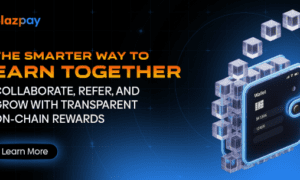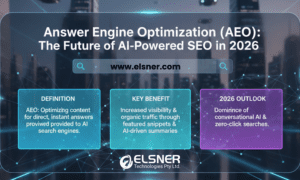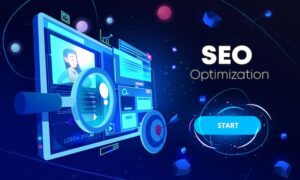Implementing an Enterprise Asset Management (EAM) system is a strategic step toward optimizing asset performance and maintenance operations. Whether you’re transitioning from legacy systems or upgrading your current setup, one pressing challenge remains: ensuring your team embraces the new platform.
Without user adoption, even the most advanced Enterprise Asset Management software becomes underutilized. By leveraging change management strategies and understanding the critical roles within your organization, you can turn your investment into a sustainable asset management success story.
The Pivotal Role of Department Managers
For widespread adoption, the involvement of department-level leadership is vital. Managers in maintenance, operations, and engineering serve as essential links between the executive level and shop floor teams. Their daily interactions across the organization make them influential advocates of new technologies.
These managers often already know who among their teams are natural change leaders. Identifying and empowering these individuals early can foster peer-level support networks. These internal champions play a critical role in promoting the EAM system, addressing skepticism, and ensuring that new users are equipped and confident.
Securing Executive Endorsement
While grassroots support is important, long-term EAM adoption hinges on consistent backing from executive leadership. It’s not enough for leadership to simply approve the system; they must actively demonstrate its importance through visible actions.
Highlighting rapid time-to-value — such as early operational efficiencies or better decision-making — can convince senior leaders to become active proponents. Their continued reinforcement at all organizational levels makes the EAM system part of strategic conversations rather than a temporary initiative.
Planning for a Multisite Deployment
Scaling an EAM platform across multiple locations is a complex but achievable goal. Success requires careful planning, local adaptation, and support throughout each rollout phase.
A typical multisite deployment includes:
- Preparation: Assess readiness at each location.
- Initiation: Develop a site-specific implementation roadmap.
- Deployment: Execute the plan and configure systems for daily operations.
- Go-Live: Shift from setup to usage with hands-on assistance.
- Stabilization: Provide active support and refine usage post-launch.
After a successful pilot launch, the strategy shifts to replicating that success across sites, allowing for flexibility where needed without compromising consistency.
Designing for User Flexibility
Effective CMMS maintenance software balances standardization with local customization. Configurable interfaces enable users to tailor their experience based on roles and responsibilities, improving usability and reducing training time.
This configurability should also extend to system integration. The EAM platform must work seamlessly with existing tools like ERP and financial systems. If integration is clunky, it will hinder adoption. A streamlined, intuitive experience encourages daily use and unlocks greater efficiency.
Supporting the Transition Phase
During the transition to live operations, involvement from key personnel is critical. Department leaders and early adopters can provide real-time guidance and informal training, embedding the new system into everyday routines.
Well-prepared team members should receive early training, allowing them to validate workflows, spot potential issues, and recommend configurations. Their readiness ensures smoother operations and prevents the go-live from becoming a disruptive event.
Continuous Learning with E-Learning
Modern EAM systems often include embedded e-learning modules. These self-service resources allow users to deepen their understanding over time, facilitating skill development beyond initial training sessions.
Ongoing learning opportunities also help to reinforce best practices, support onboarding of new staff, and maintain consistent usage across all locations — especially important in multisite deployments.
Empowering Field Teams with Mobile Access
Field operations often involve working in remote locations without reliable internet connectivity. Mobile-ready EAM platforms allow workers to execute tasks, log information, and access job details offline — significantly enhancing productivity.
When workers can stay productive regardless of connectivity, asset data remains accurate and up to date. This ensures that your EAM platform remains a reliable source of insights for strategic decision-making.
Conclusion
To fully realize the benefits of an EAM platform, organizations must look beyond technical implementation. Encouraging adoption through strategic change management, targeted training, and strong leadership support is essential.
By aligning internal champions, executive sponsors, and robust tools like mobile access and e-learning, your EAM investment becomes a transformative force — not just another system on the shelf.
To explore how our Ultimo EAM solution can support your organization, visit our website or request a personalized demo: www.ultimo.com

































